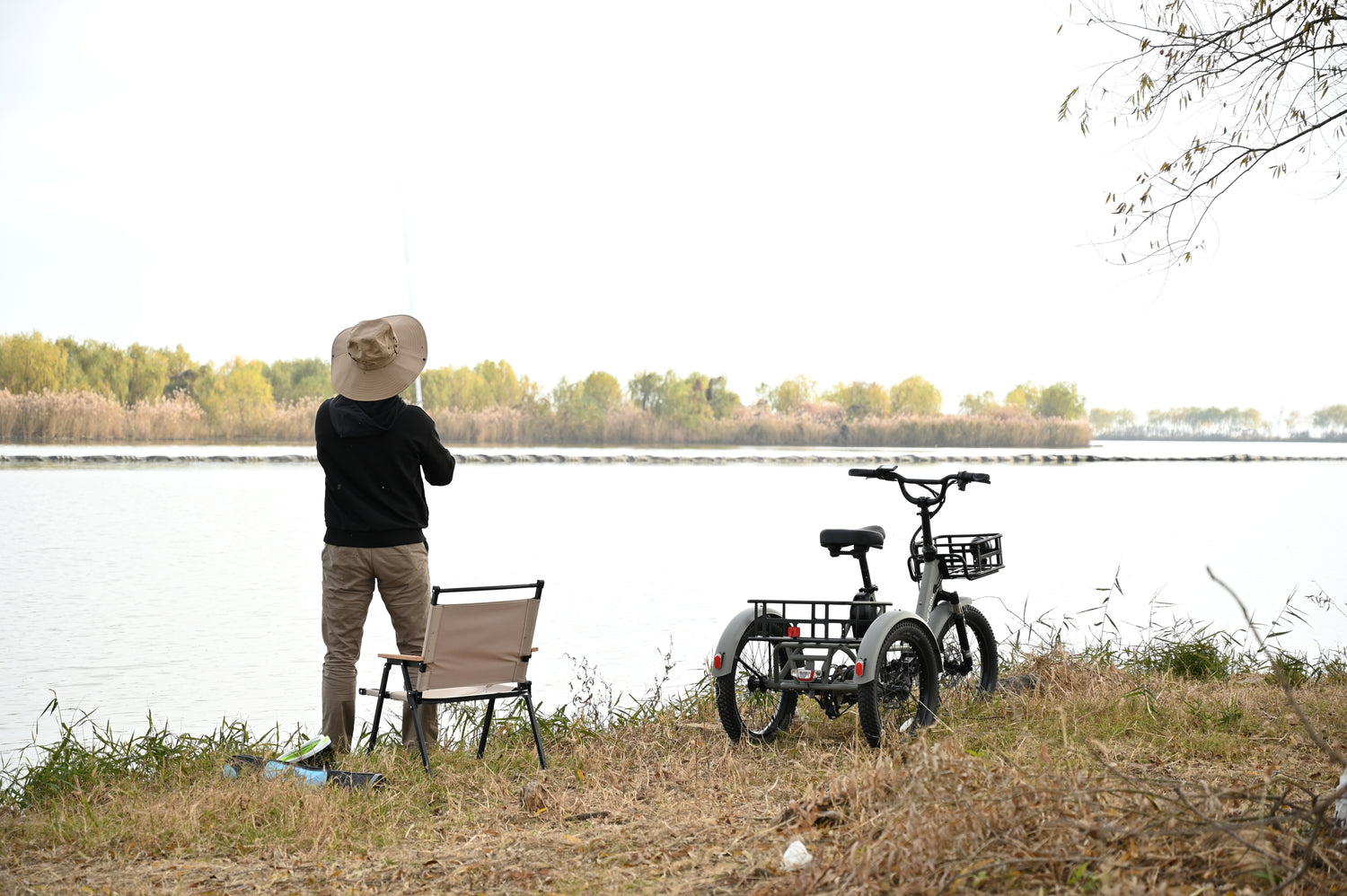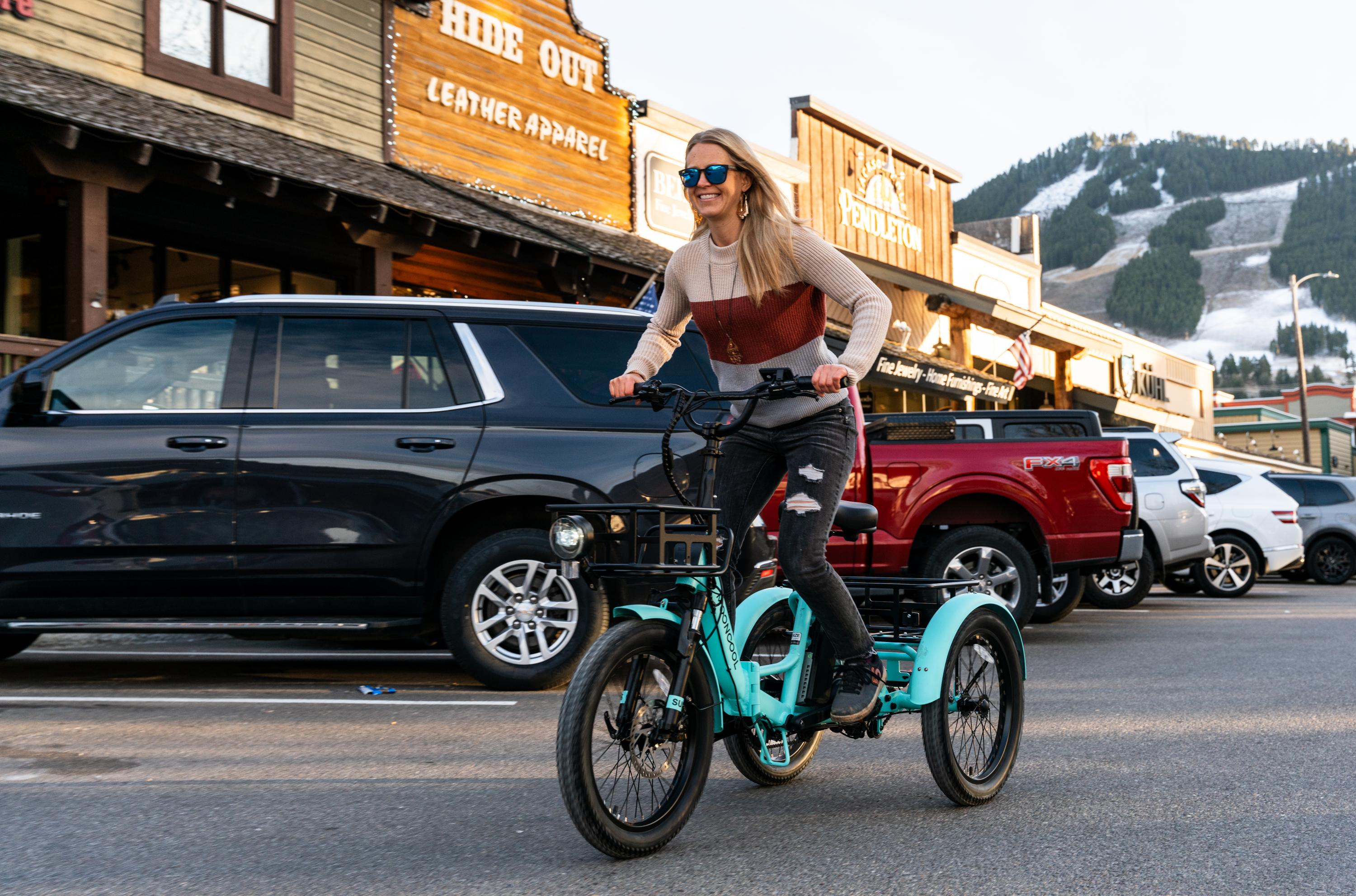It's extremely important to maintain the battery life of your electric trike. Looking after the battery will ensure that it performs well and lasts for years. Extending the battery's lifespan reduces your overall costs and ensures that you can get the most out of your electric trike. In this article, we are going to give you some practical and effective tips for enhancing your trike's battery lifespan.

The Importance Of Battery Maintenance
An electric trike's battery is central to its performance. It powers the motor, and its health is one of the main factors in how far you can ride on a single charge. To experience the full potential of battery lifespan, you need to take care of your battery in a few ways. These are not complicated, but these tips for enhancing battery longevity in electric trikes will ensure you can get home at the end of the day and prevent you from needing to buy a new battery prematurely. Here is what you need to know:
Proper Charging Practices
One of the most important aspects of looking after your electric trike battery is following proper charging practices. When possible, avoid letting your battery drain completely before plugging it back into the charger. When you charge the battery from dead multiple times, you can considerably reduce the battery lifespan. Don't worry if you occasionally let your battery drain to 0%, but it's best not to make a habit of it.
You should also wait 20 minutes or so after a ride before charging your electric bike battery. This pause gives the battery a chance to transition from a discharging state to a charging state, which is much better for battery lifespan.

It is best to keep the battery level between 20% and 80%. This is because there is less stress on the battery cells. You must also use the charger designed for your battery, as others may overcharge and damage the battery cells.
It is important to not leave your battery plugged into the charger for hours after it has been charged. Overcharging your battery will also reduce its lifespan. Some electric trike owners use a timer that cuts the power to the charger after a specific number of hours to prevent overcharging.
These are generic and recommended charging practices for all electric bike batteries. However, your electric trike's user manual should have comprehensive instructions on the best methods for battery charging.
Temperature Management
It is important to understand how extreme temperatures can negatively affect your electric trike's battery lifespan. High temperatures can cause the batteries to overheat, reducing their capacity and potentially damaging them. On the other hand, extreme cold can slow down the chemical reactions within the battery, making it less efficient and reducing performance.
So, with this in mind, you should do your best to avoid leaving your battery in extreme temperatures. For example, don't leave it in direct sunlight or freezing conditions for extended periods. If possible, remove the battery and store it at room temperature, especially if you know you won't be using it for a while. Additionally, when storing an electric bike battery for weeks or months without use, charge it to around 50%, which balances the cells when not being used, reducing stress.

Sometimes, riding in extreme temperatures is unavoidable. But you can protect your battery with an insulated cover to maintain optimal operating conditions and keep it happy.
Routine Maintenance
Maintaining your electric trike's battery is not a difficult thing to do. There are a couple of tasks you can do when you clean your trike or when you feel like it needs some TLC.
The first thing you should do is keep your battery's contacts clean. Clean contacts are crucial for efficient energy transfer, which can be hampered by dirt, corrosion, or water ingress. All you need to do is remove your battery from time to time to ensure the battery contacts are in good condition. If they are dirty, simply use contact cleaner spray and wipe with a dry cloth.
You should also conduct regular performance checks on your electric trike. There's nothing you have to do specifically for this other than keeping an eye on error messages on the LCD and identifying any issues you notice with your electric trike. For example, you may notice a drop in performance or range. Or you may even notice the battery not charging as well as it used to. In these cases, you may need to buy a new battery or get it checked by a professional.
Avoiding Overload
Some electric trike riders damage their batteries by overloading them. They do this by carrying excessive weight or using high assistance levels for prolonged periods without breaks, reducing the battery lifespan. To avoid making these mistakes, follow the manufacturer's guidelines on weight limits and usage to prevent overloading the battery.

It is also important to understand your battery's capacity and limits to extend its lifespan. Therefore, know the range a battery can cover on a single charge and plan your trips accordingly. By doing this, you can avoid pushing the battery beyond its limits, which will lead to faster degradation.
Conclusion
To extend the battery lifespan of your electric trike, you need to use a combination of proper charging techniques, temperature management, and routine maintenance to avoid overloading it. By following these smart tips for prolonging electric trike battery life, you will be able to continue riding reliably and efficiently for many years to come. Remember that looking after your battery not only extends its lifespan but also enhances your riding experience and keeps you safe, as you won't be stranded with a trike that you cannot pedal.
For the best performance, always follow the manufacturer's guidelines. With proper care, your electric trike will serve you, providing a convenient and eco-friendly mode of transport.















Leave a Comment
This site is protected by hCaptcha and the hCaptcha Privacy Policy and Terms of Service apply.